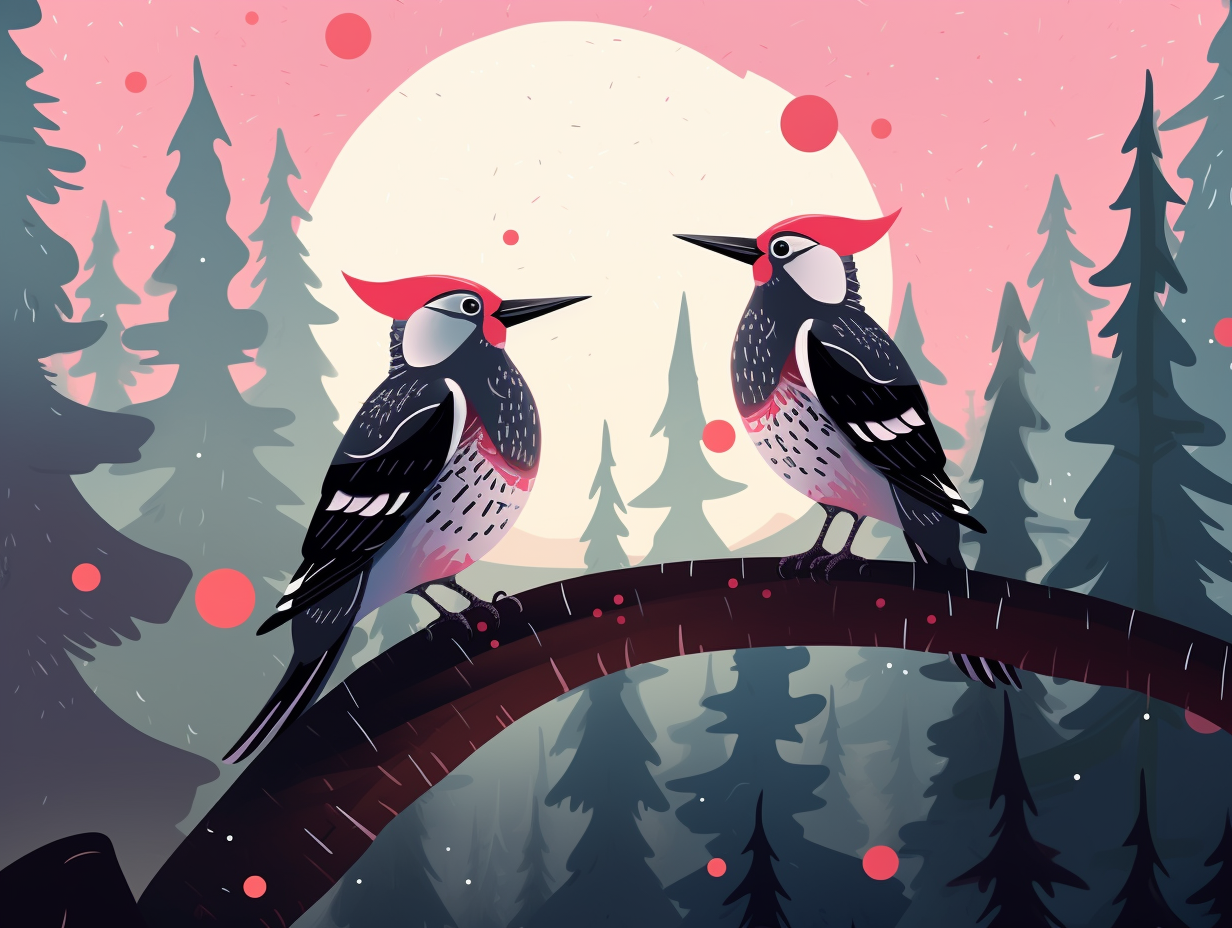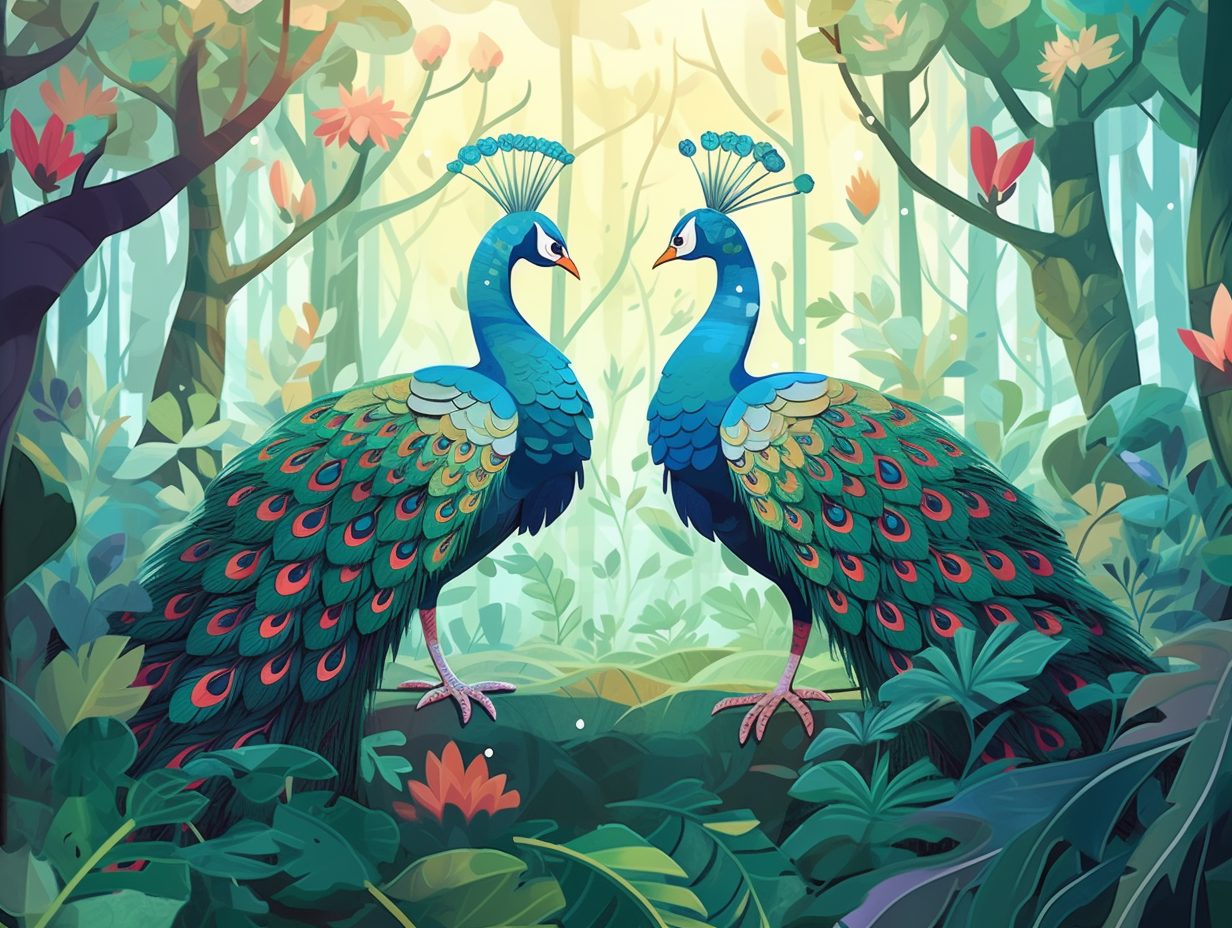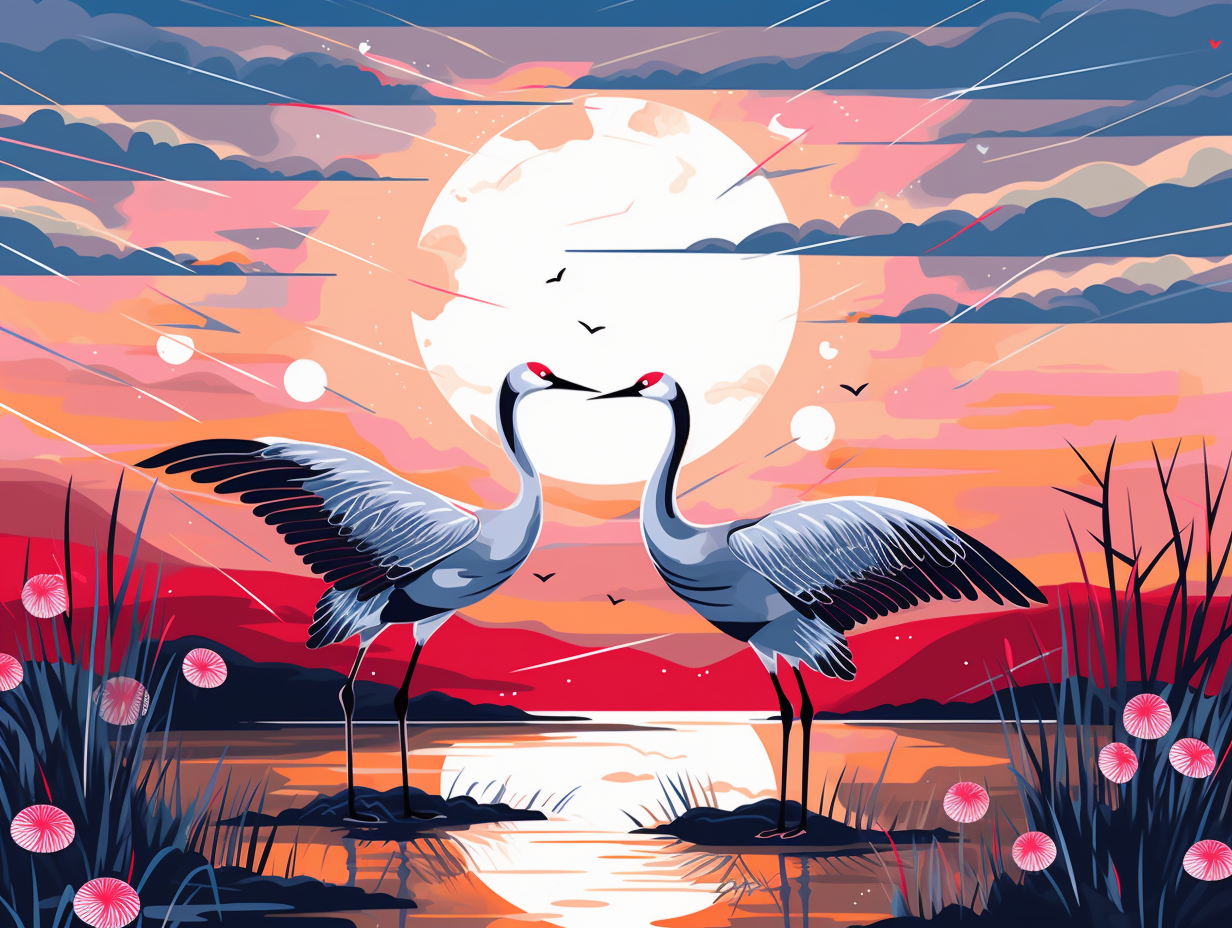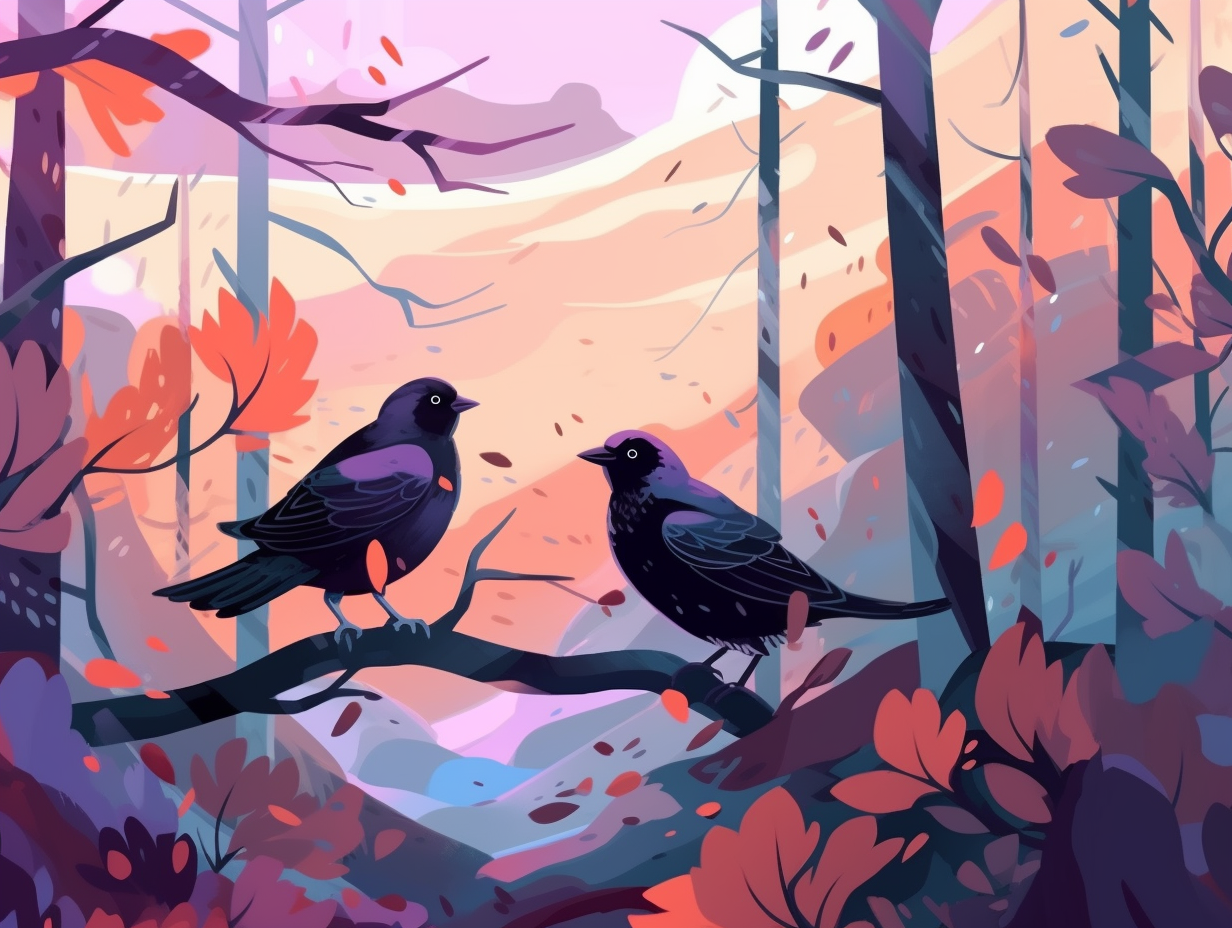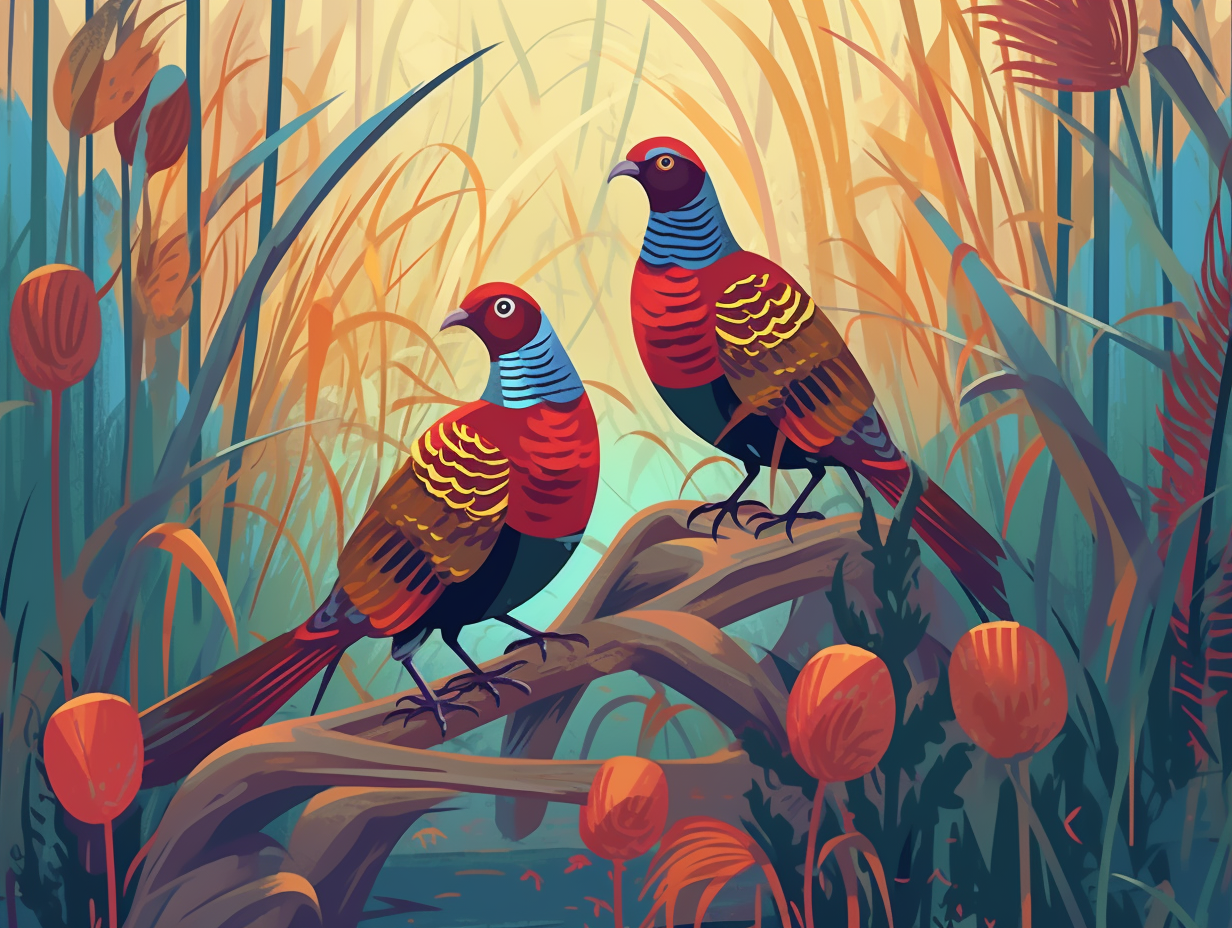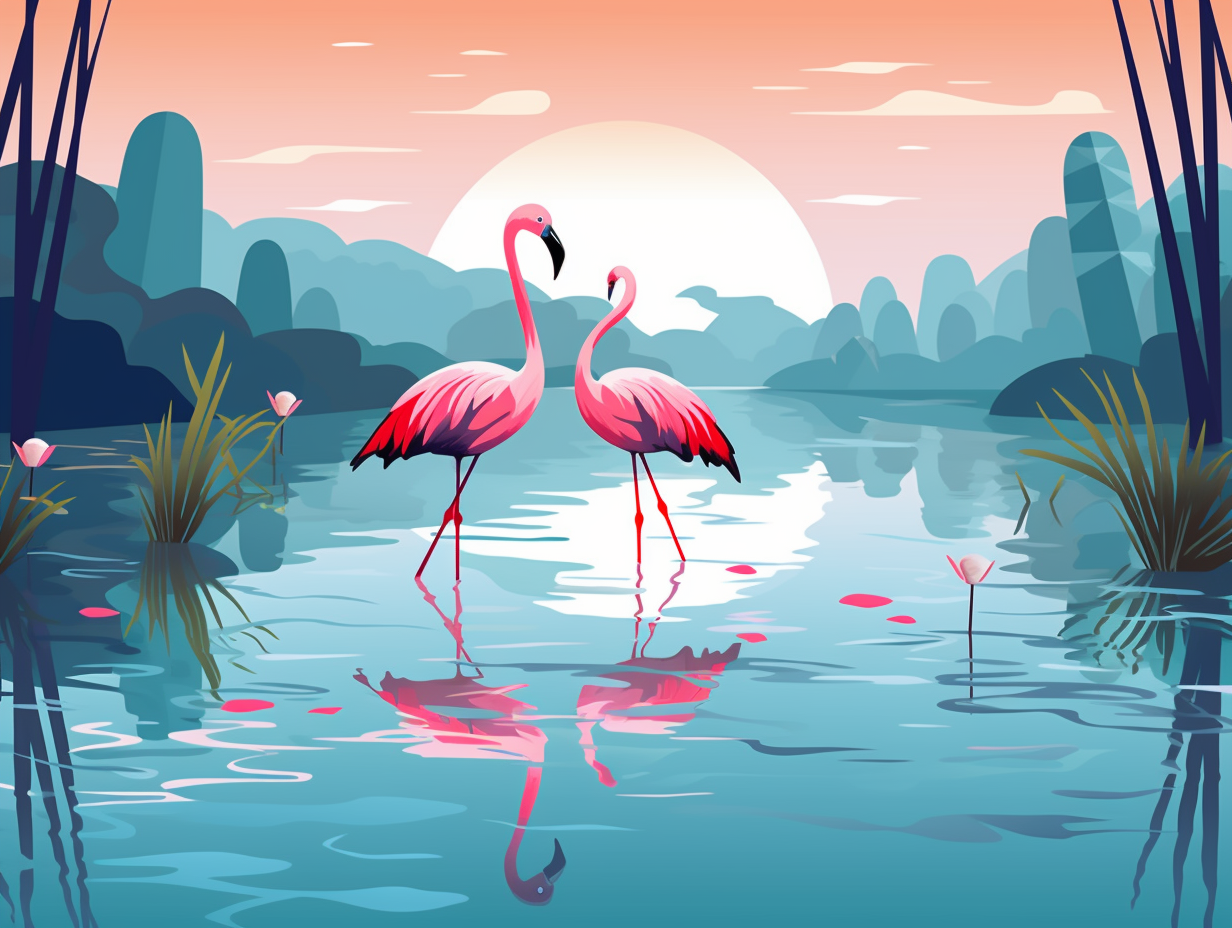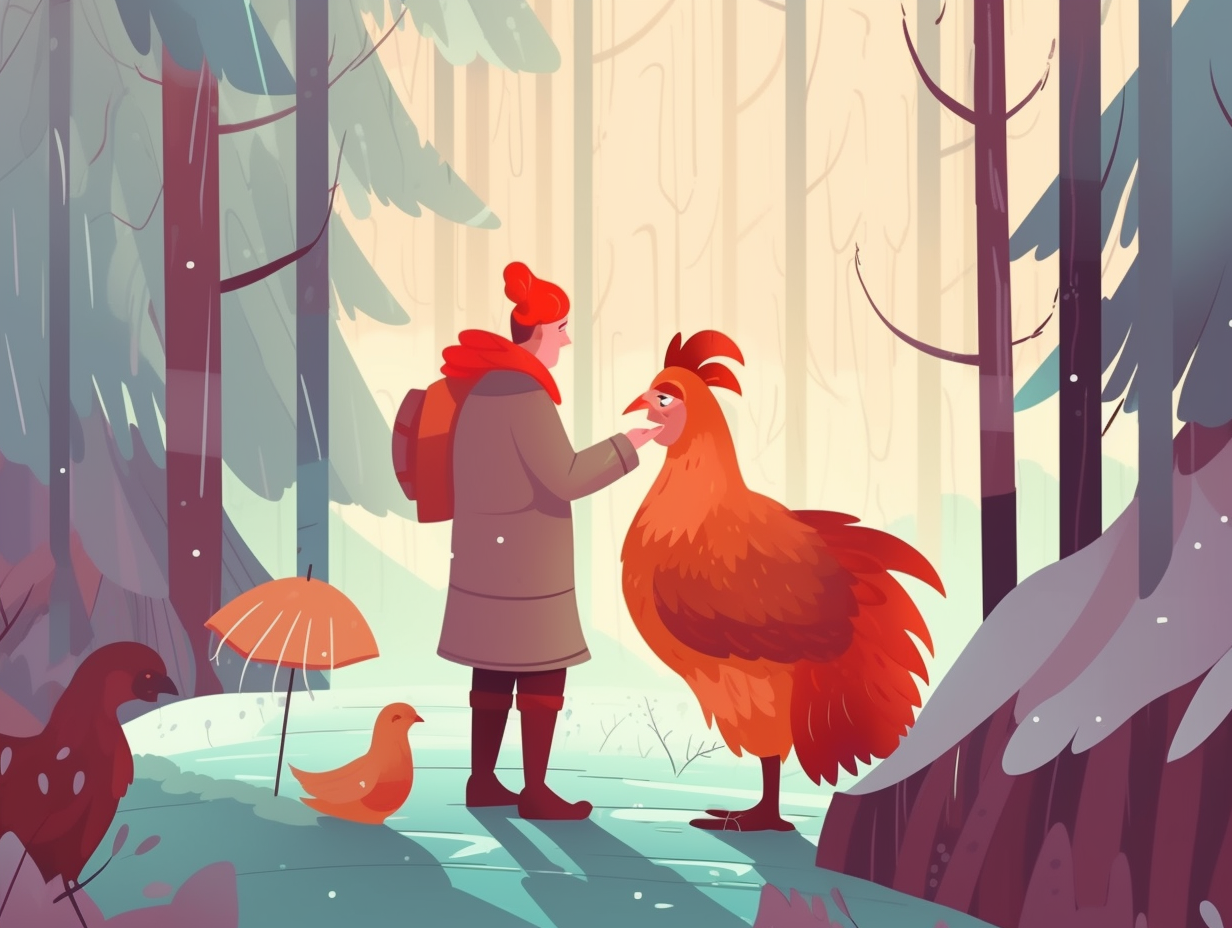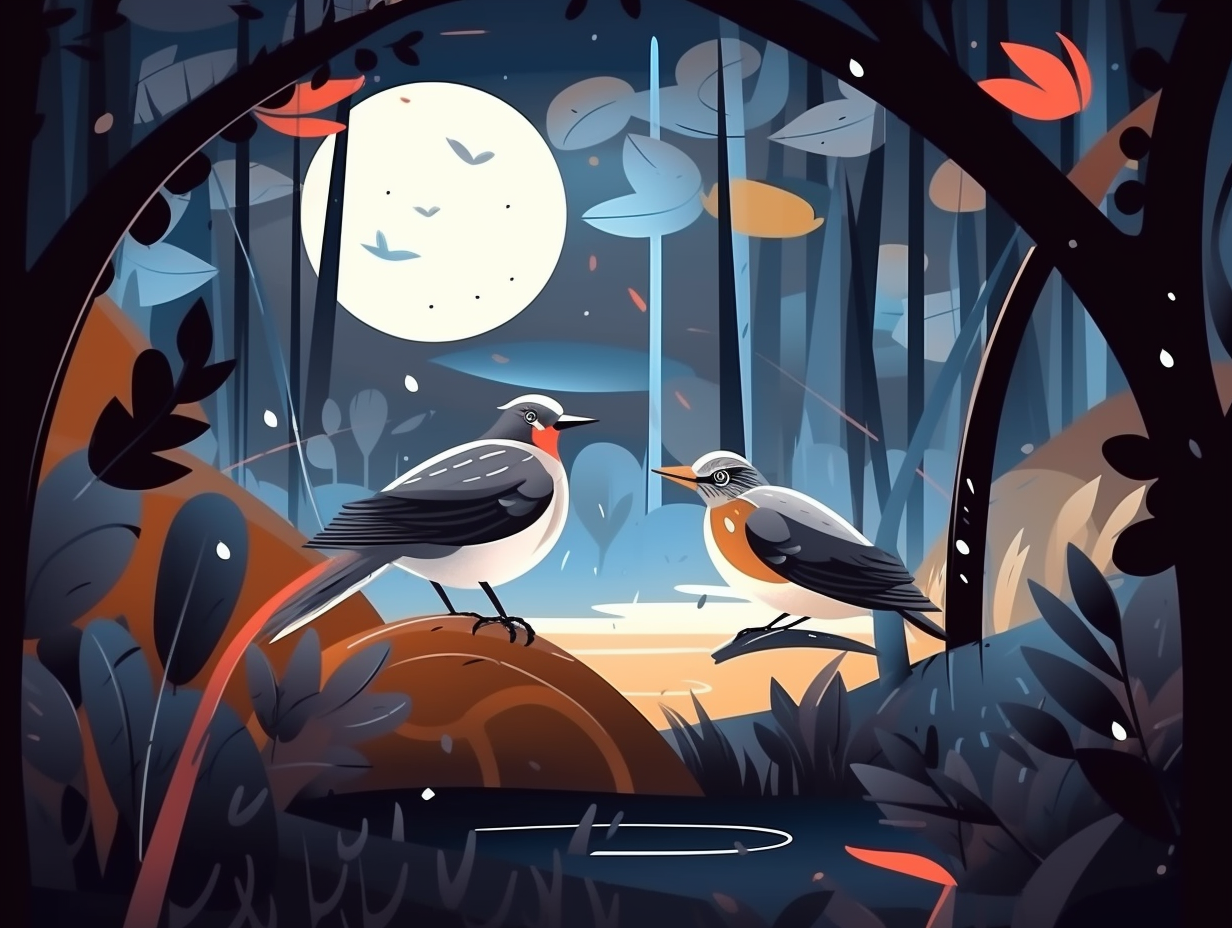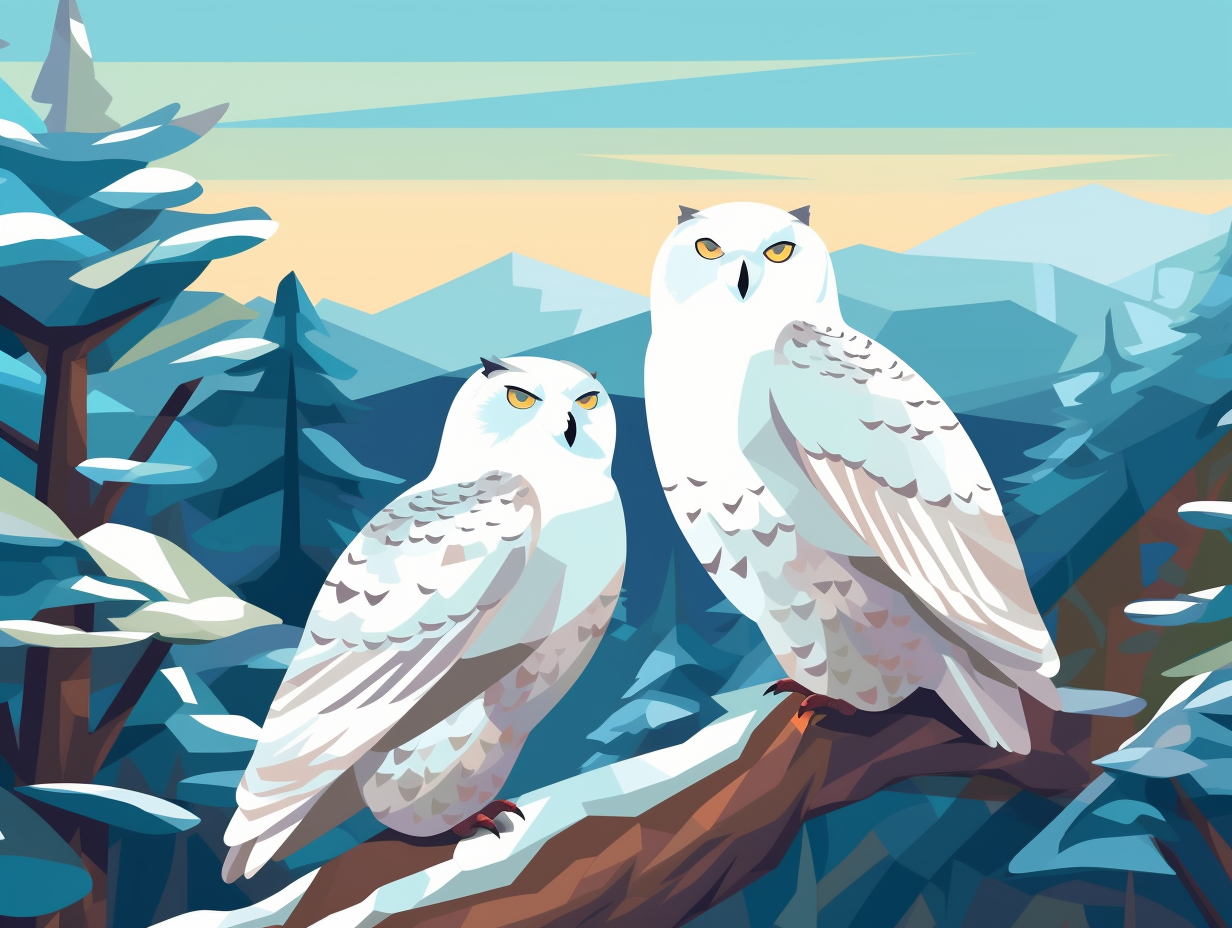Amazing Aviators: Top 14 Fun Facts About Ospreys You Won't Believe!
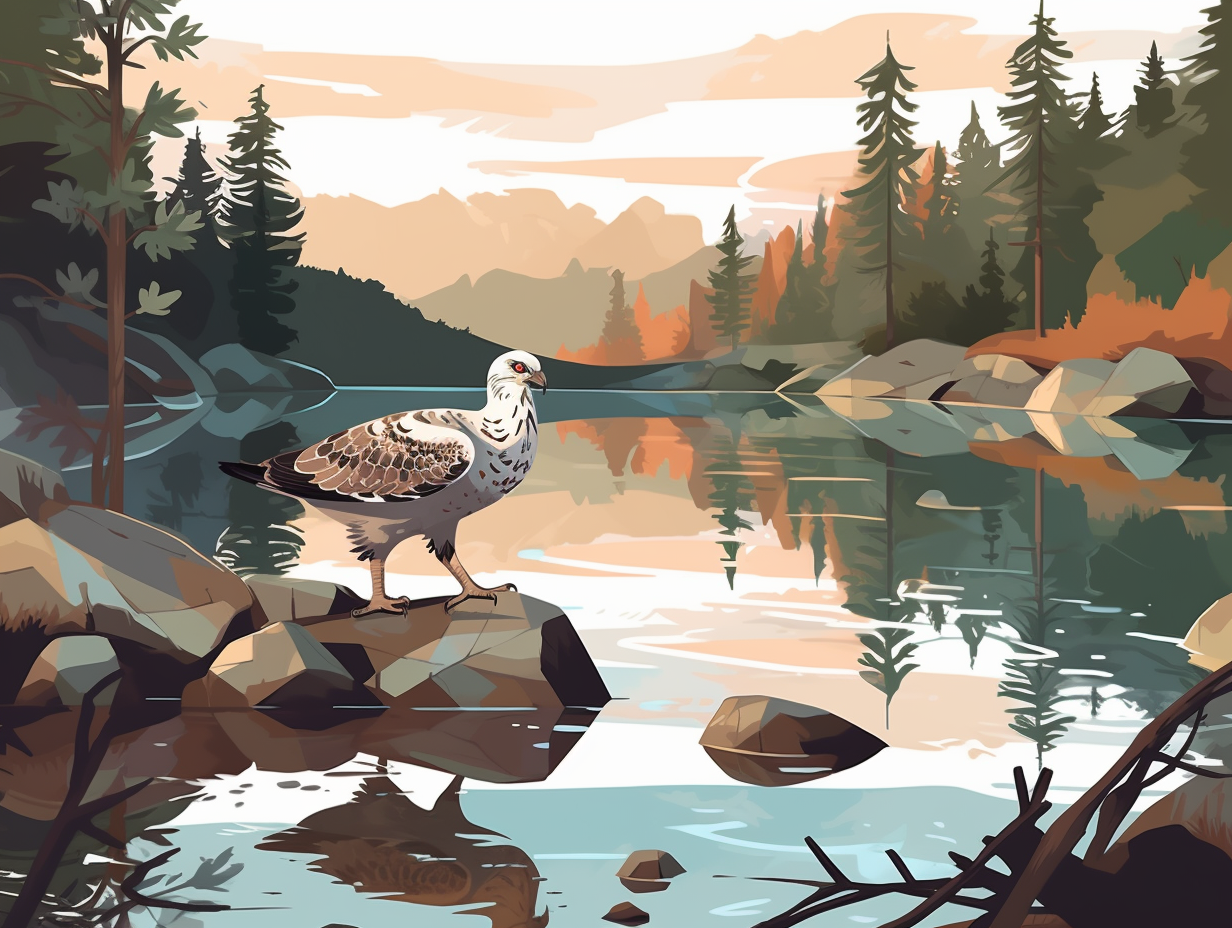
1. Osprey Fashionistas
Ever found yourself feeling slightly underdressed at an event? Don't worry – we've got nothing on ospreys and their impeccable fashion sense: Female ospreys sport a stylish, more defined brown "necklace" of feathers around their throat than their male counterparts, and they come armed with reversible outer toes, mighty hooked talons, and natural slip-resistant barbs on their pads to efficiently snag slimy fish from the water. Plus, their dense, high-quality feathers make sure they never suffer from the dreaded "wet bird" look during their diving escapades!
Source => a-z-animals.com
2. Fish Hunting Valedictorians
If ospreys were enrolled in Fish Hunting University, they'd definitely be the class valedictorians who always have the perfect "grip" on every subject: These flying experts boast of unique adaptations that allow them to scan for fish while hovering above the water, dive in at speeds of up to 80 miles per hour, and effortlessly grip onto their slippery prey with their reversible outer toes. They even come prepared with nostrils that close to prevent water entering their lungs, proving that ospreys are the true masters of fishery fiestas!
Source => allaboutbirds.org

Did you know that America's favorite feathered couple, the Bald Eagles, perform a breathtaking airshow dance called the Eagle Tango during mating season? They lock talons, flip, and spin before separating at the last second! Discover more about this incredible lovebird extravaganza!
=> Fun Facts about Eagles
3. Underwater Detective Gaze
With a gaze that could give Sherlock Holmes a run for his money, ospreys put their natural detective skills to work as they dive deep into the case of the missing fish: Armed with anti-glare feather arrangements and underwater vision provided by their uniquely adjustable lenses, these raptors have no problem spotting their aquatic victims lurking beneath the surface.
Source => ospreytaleteller.com
4. Reduce, Reuse, Rebird!
It seems Ospreys have also joined the "Reduce, Reuse, Rebird" movement, perhaps taking it a bit too literally: they've begun including plastic trash in their nest-building materials, which can be dangerous as it poses entanglement and harm risks for these resourceful avian recyclers.
Source => audubon.org

5. Built-in Snorkel-Free Ospreys
Ospreys have clearly mastered the art of snorkeling without a snorkel or a trip to the gift shop: these crafty avian divers come equipped with their very own built-in nose valves, allowing them to breathe while submerged underwater and catch fish without a single care for respiration.
Source => a-z-animals.com
6. Nest-monogamous Partners
Hold onto your feathers, lovebirds! The osprey couple saga might not be all it's cracked up to be: Though these birds are renowned for their long-term pair bonding and returning to the same nesting site year after year, they've been known to "see other birds" if their partner fails to show up for a reunion – making them more of a nest-monogamous species than truly lifelong partners.
Source => rspb.org.uk
7. Thermal Uber Rides
Who needs Uber when you're an osprey? Catching a thermal lift to your winter home beats any in-app map: ospreys living in northern climates embark on a solo migration south, hitching a ride on local thermals between 8AM and 5PM to save energy, while their warm-weather cousins get to skip the long-haul flights altogether.
Source => ospreyandeagle.wordpress.com
8. Foot Juggling Masters
Whoever said "Hold my beer and watch this" must've been an osprey in their past life, considering their amazing foot juggling skills: Ospreys possess a unique ability called facultative zygodactyly, allowing them to rotate their fourth toe alongside the first one, providing a better grip on their slippery, fishy victims.
Source => onlinelibrary.wiley.com
9. Globetrotting Raptors
Move over, peregrine falcons, because ospreys are the real globetrotters of the raptor world: Known as the second most widely distributed raptor species, these flying fish-snatchers can be found gracing the skies of every single continent except for Antarctica, making them one of just six land-birds with a truly cosmopolitan lifestyle.
Source => en.wikipedia.org
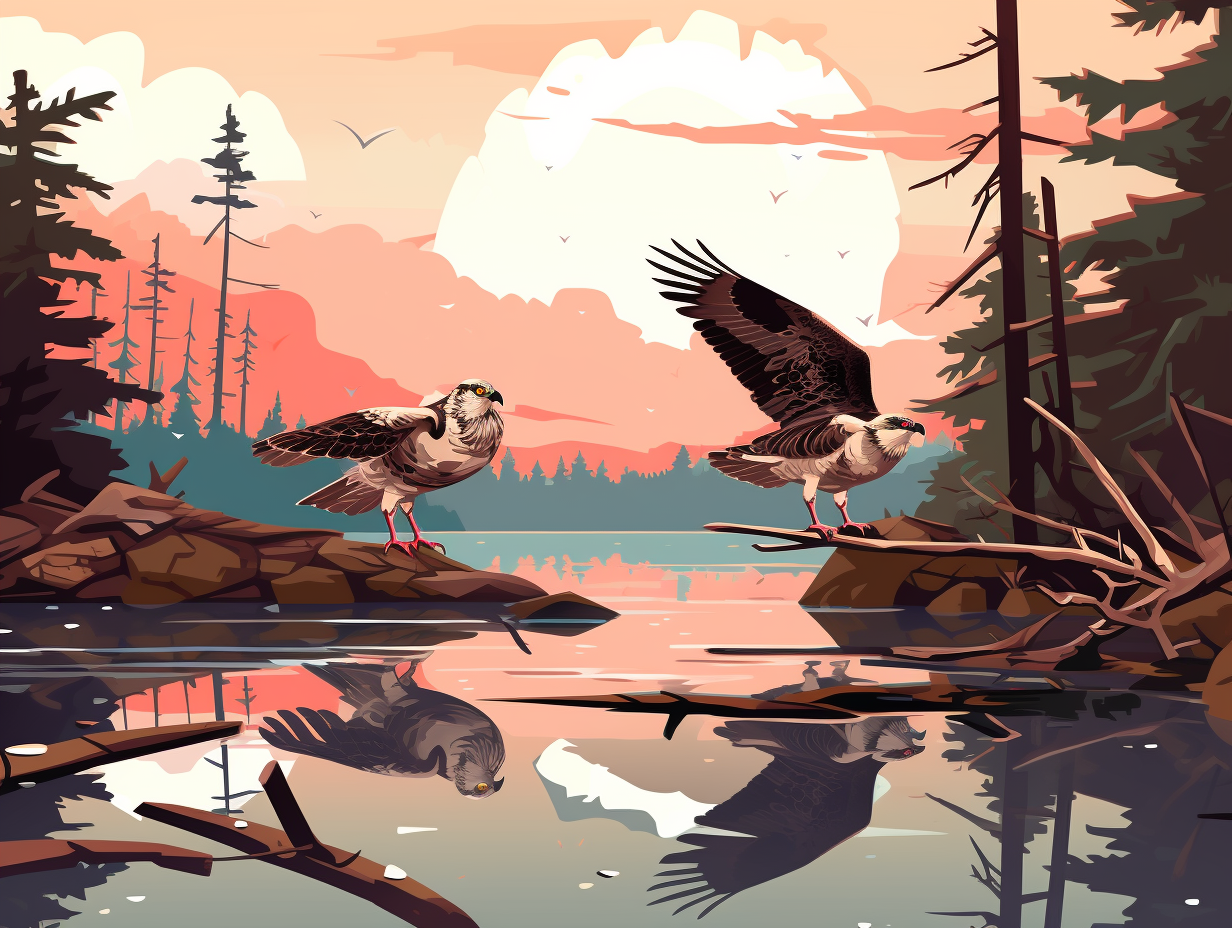
10. Fish Hook Toes
Move over, Captain Hook – there's a new fish-snatcher in town: Ospreys boast sharp spicules on the underside of their toes, functioning like miniature fish hooks to expertly grip onto their slippery prey.
Source => projectnoah.org
11. Avian Spa Treatment
When ospreys aren't busy being aerial fishermen or flaunting their world-renowned seafood diet, they like to pamper themselves with a little oil treatment – just like the Avian Spa treatment we've all dreamt of: These feathered daredevils possess a nifty preen gland at the base of their tail that secretes a marvelous stench-filled oily substance, which they then spread generously over their feathers during beauty sessions, helping them stay waterproof while they dive for their piscine prey and molt their feathers gradually, keeping them ready and afloat in the pursuit of scaly satisfaction all year round.
Source => individual.utoronto.ca
12. The Deep Dive Lifestyle
Plunging into lunch like an osprey in a birdbath for its fish starter: these fish hawks take a unique deep dive into the water with their nostrils closed to snatch their slippery prey, managing to avoid both Roman military conscription and godly affiliations with Jupiter, thanks to being latecomers to the European scene in the 1800s.
Source => scribd.com
13. Gourmet Fish Hawks
Call them the gourmands of the sky: Ospreys in Chesapeake Bay have quite the discerning palate, feasting on different fish types depending on the water's salinity, which in turn, affects their breeding success and growth rates!
Source => researchgate.net
14. Sky Soap Opera Live Streams
Have you ever wished to watch the soap opera of the skies, with swooping, soaring, and aerial acrobatics? Well, wish upon an osprey: The Loch of the Lowes Visitor Center & Wildlife Reserve in Scotland offers a live webcam stream of a breeding osprey pair from early April to late August, thanks to the Scottish Wildlife Trust. This feathery attraction is set within a 130-hectare protected area near Dunkeld in the region of Perth and Kinross.
Source => webcamtaxi.com
Related Fun Facts




